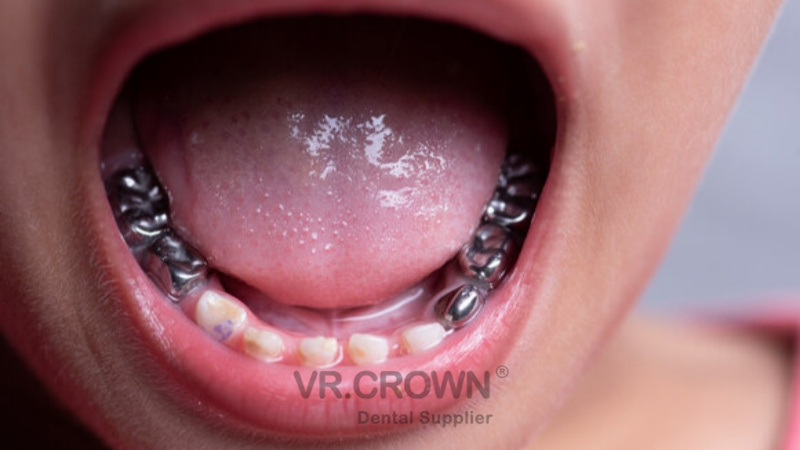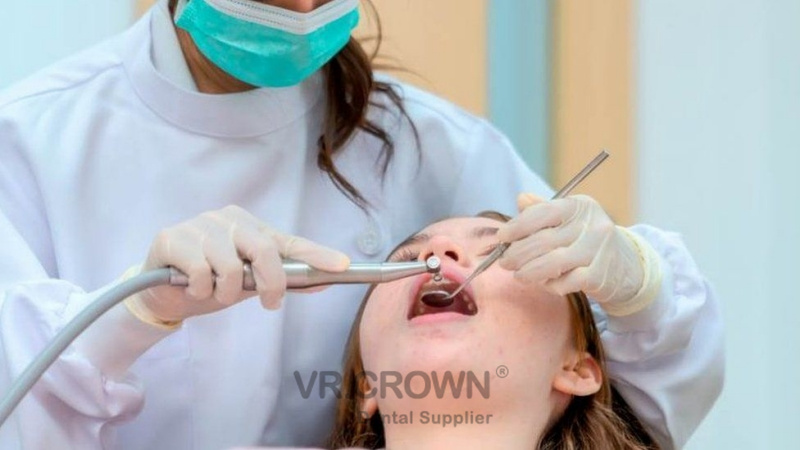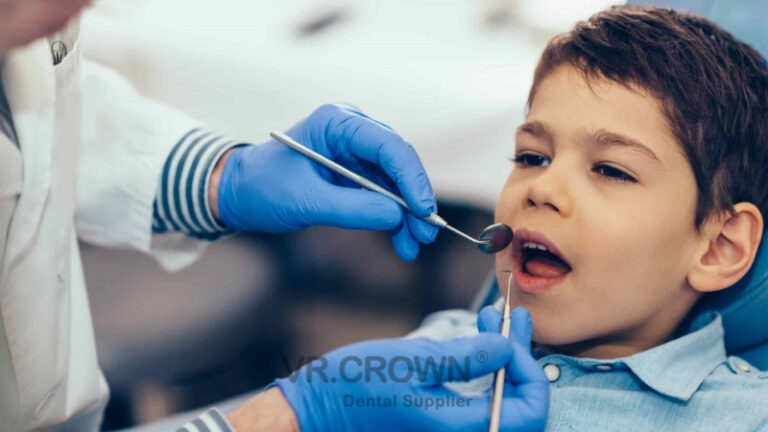In the realm of pediatric dentistry, making the right decisions for young patients is paramount. Among the arsenal of dental restorative options, stainless steel crowns (SSCs) stand out as versatile and effective tools, especially in specific clinical situations.
In this article, we explore the key indications for using stainless steel crowns in pediatric dentistry, shedding light on why they are often the treatment of choice.
Indications of Stainless Steel Crowns in Pediatric Dentistry
“When are stainless steel crowns indicated in pediatric dentistry?”
- Extensive Tooth Decay:
One of the primary indications for stainless steel crowns in pediatric dentistry is when a child’s tooth has extensive decay that cannot be adequately treated with a filling. SSCs provide full coverage of the affected tooth, preventing further decay and preserving it. This is particularly important for primary teeth, which act as placeholders for permanent teeth.
- Primary Molars:
SSCs are commonly used for restoring primary molars, especially when they have large cavities or fractures. These molars play a crucial role in a child’s ability to chew food properly. Preserving them is essential for maintaining proper nutrition and supporting the development of permanent teeth.

- Protection After Pulpotomy:
Following a pulpotomy, which is a procedure to remove infected pulp tissue from a tooth, a stainless steel crown is often indicated to protect the treated tooth. SSCs provide a robust shield, preventing further damage and ensuring the tooth’s functionality.
- Special Needs Patients:
Children with special needs, who may have difficulty maintaining proper oral hygiene, can benefit from SSCs. These crowns offer added protection against dental decay and reduce the need for frequent dental interventions.
- Primary Teeth with Hypoplasia:
Hypoplasia, a condition characterized by incomplete enamel development, can leave primary teeth vulnerable to decay. Stainless steel crowns are an effective solution to protect and preserve these teeth.
- Uncooperative Patients:
In cases where a child is uncooperative or unable to sit still for lengthy dental procedures, SSCs offer a quicker and less invasive alternative to complex treatments.

Conclusion: Preserving Smiles and Oral Health
Stainless steel crowns are versatile tools in pediatric dentistry, addressing a range of dental issues in young patients. They provide reliable and durable solutions to protect and restore primary teeth, ensuring that children can maintain proper oral function and aesthetics during their crucial developmental years.
Preserving the smiles and oral health of young patients is a top priority in pediatric dentistry, and stainless steel crowns play a vital role in achieving this goal.
In conclusion, the indications for using stainless steel crowns in pediatric dentistry are driven by the need to provide effective and lasting solutions for young patients. These crowns are a testament to modern dentistry’s commitment to preserving oral health and ensuring children can smile confidently as they grow.
Should you have any questions, contact us today at uident.lisa@gmail.com.



